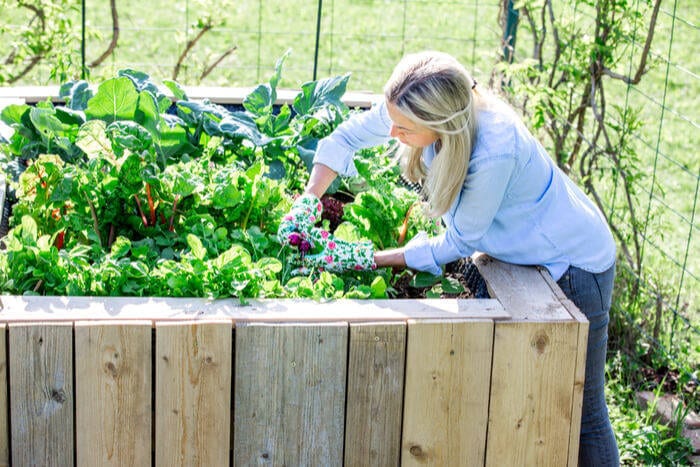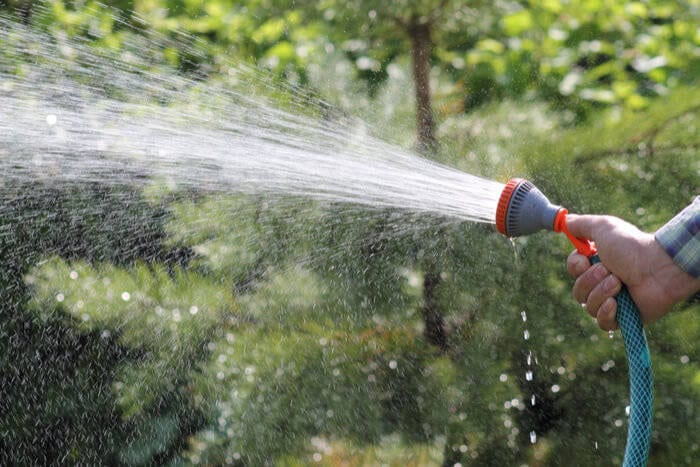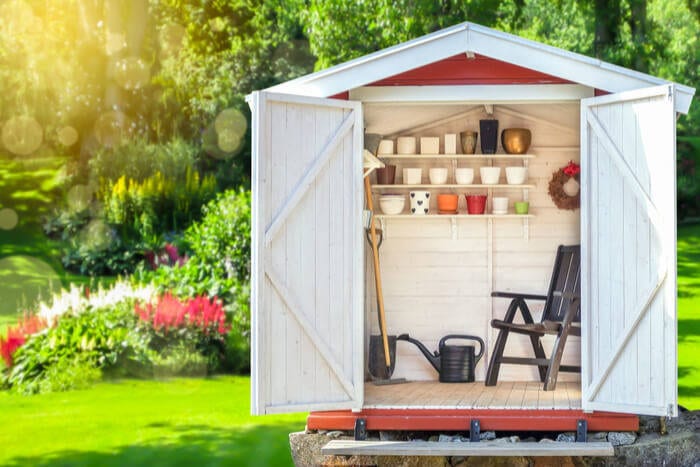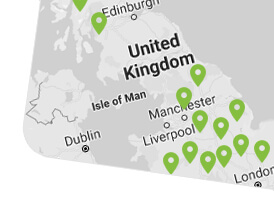Tending a home garden is an enjoyable pastime enjoyed by many around the world. It provides a sense of autonomy, as well as delicious fruits, veggies, and herbs! Do you want to start your own garden at home? Here is our list of things everyone needs to know.

11 Tips for Your Very Own Home Garden
Tip #1: Know Your Plant’s Personality
What does your plant need? Before doing anything, it’s important to research the conditions under which your favourite vegetable grows! Just as important, make sure you can meet these conditions! If you don’t, you will most likely end up with disappointing results.
Tip #2: Sunlight is Necessary
The key is knowing how much sun your plants need, and how much you can give. This usually depends on the time of year, position of your home, and placement of your yard. However, all plants need some sunlight. If it is winter time, invest in a grow light to bring your garden indoors. If your plants are already inside, take the shorter days into account to prepare for the cold.
Tip #3: Environment Effects Watering
Gardens can’t survive without water. However, the amount of water needed can depend on many things. What’s the temperature? Is the plant indoors or outdoors? Do you have a humidifier or are the plants near air vents? How’s the air circulation indoors? All of these factors play a part in how much your garden’s watering needs may vary.

Tip #4: The Soil Must Be Healthy
Sure, you can grow your plants in non-optimal soil. Just keep in mind your blooms and produce won’t be as large. Why invest in a garden for your home if you don’t do your best to help it succeed? That’s why it’s so important to make sure your soil is healthy.
One of the best ways to do this is buy a soil testing kit. These will help you determine the pH level and other nutrient needs. Then, all you have to do is purchase organic items such as bone meal or peat to help even out the soil. Just remember to keep the plant’s soil needs in mind as well. Some need more acidic or alkaline soil.
Tip #5: Compost, Compost, Compost
We cannot stress enough the benefits of composting. It’s good for the environment and good for your plants! It can smell gross, but that just means you aren’t doing it correctly. Additionally, there are many other options for compost besides a pile next to your wooden shed! Here are a few of the easiest and best:

* Wood Ash – Wood ash has a ton of potassium. If you find your garden lacking in this nutrient, simply sprinkle some around the base of the plant.
* Egg Shells – You don’t actually have to put your egg shells inside of a compost box. Instead, you can crumble up the shell and sprinkle it around the base of plants. This works especially well around 2 indoor winter plants: tomatoes and peppers!
* Aged Manure – This stuff doesn’t smell like fresh manure and it’s fantastic for all plants.
Tip #6: Grow Your Favourites
If you want to grow your favourite plants, you must plan in advance. It’s doubtful that all of your favourite herbs, vegetables, fruits, or flowers all need the same conditions.
When deciding between your favourites, there are a few questions you can ask yourself. What do you most like to eat? What will you actually cook? What are the herbs you use the most? Have I shopped around enough for flowers? What will beautify my home? What will clean the air most efficiently?

Tip #7: Don’t Overbuy
This is so important. It’s easy to overestimate how much room you have, and overbuy your starts or seeds. The easiest way to avoid this is by mapping out your space ahead of time. Then, decide on your plants and see how far apart they must be planted. Finally, do the maths and check your work!
Tip #8: Know Your Limits
How much time do you realistically plan on spending on your garden? The realistic part is the most important. You may be gung-ho to get started, but raising plants is hard work! That’s why we recommend limiting yourself if it’s your first time starting a garden. The responsibilities do add up quickly. Remember, you can always add more when you feel ready.
Tip #9: Begin with the Essentials
There are a few things that are considered essential to gardening. Although it can be tempting to go out and purchase all the tools right away, it’s not necessary. In fact, you only need to start out with a watering can, containers, potting soil, trowel or large spoon. For bigger jobs outdoors, add on a shovel, hoe, and fork for digging.

Tip #10: Temperature is Key
In the spring, summer, and early autumn, knowing what to grow outdoors is easy. You can simply look at the hardiness zones on the back of your seed packet. Or, go out and buy seedlings when they are in season. In the winter, it can be more difficult to know how to handle indoor temperatures.
We recommend keeping your indoor garden between 65 and 75 degrees Fahrenheit. However, this should be adjusted according to the plant’s individual needs. For example, tomatoes must have a night time temperature below 85 degrees Fahrenheit or they won’t grow. Read up on your plants ahead of time.
Tip #11: Indoor Invaders
Just because you have your plants indoors doesn’t make you immune to bugs. In fact, insects that travel in on new starts can devastate your whole crop. To prevent this, look for signs of insects before you buy the plant. This could involve chewed leaves, bugs in the dirt, flying insects, and larvae under leaves. To help with any you already have, buy an organic bug killer.












